ANIMALS
Bunny Bonanza: 25 Astonishing Facts About Rabbits
Published
8 months agoon
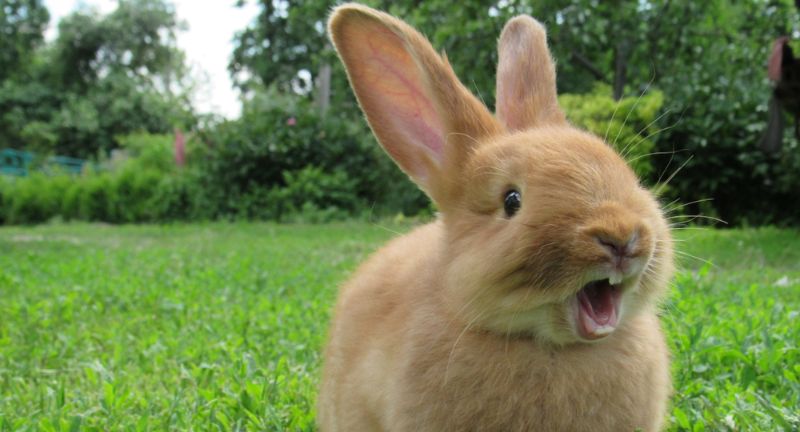
Shutterstock
Rabbits are fascinating creatures that have captivated humans for centuries with their charm and unique behaviors. From their powerful hind legs that allow them to leap great distances to their remarkable reproductive rates, these animals are full of surprises. They are social, intelligent, and possess a range of adaptations that help them survive in the wild. Whether you’re a seasoned rabbit owner or simply curious about these adorable animals, there’s always something new to learn about rabbits. Dive into these 25 fascinating rabbit facts to discover more about these incredible creatures.
Fast Reproduction
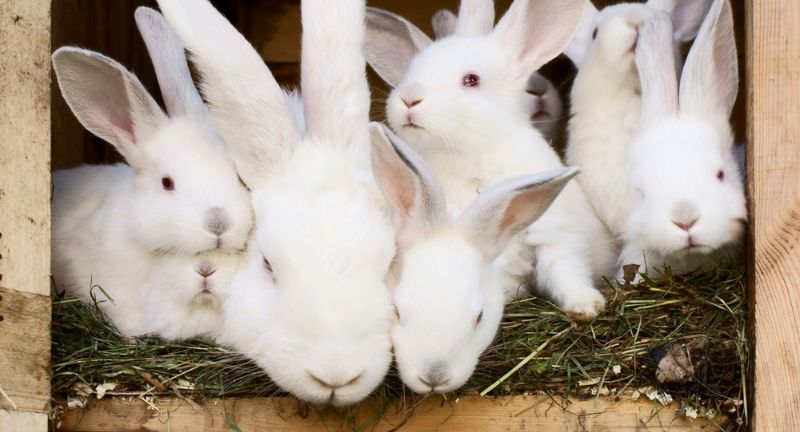
Shutterstock
Rabbits are known for their high reproductive rate. A single female rabbit can give birth to over 100 offspring in a year. This rapid reproduction rate helps ensure the survival of the species despite predation. However, it also means that rabbit populations can quickly become overwhelming if not controlled.
360-Degree Vision

Shutterstock
Rabbits have large eyes placed high on the sides of their heads, allowing them to see nearly 360 degrees. This wide field of vision helps them detect predators from all angles. They can even see above their heads without moving. This remarkable ability is crucial for their survival in the wild.
Herbivores
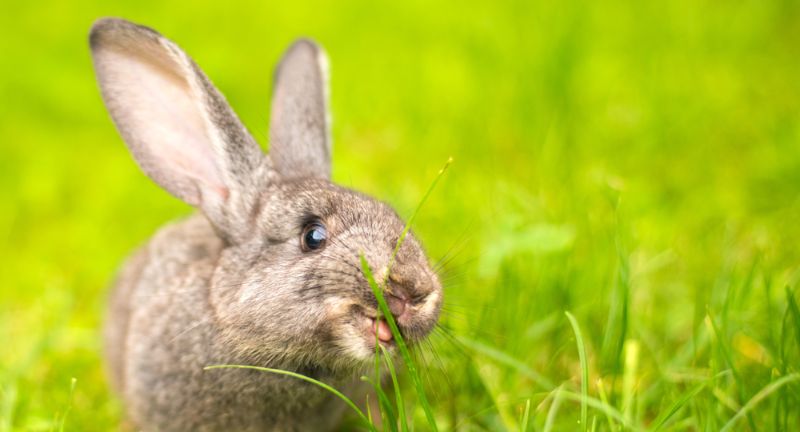
Shutterstock
Rabbits are strict herbivores, meaning their diet consists solely of plant material like grass, hay, and leafy vegetables. This diet is rich in fiber, which is essential for their digestive health. They spend a significant amount of their day foraging for food. Their specialized teeth and digestive system are adapted to process tough plant material efficiently.
Lifespan
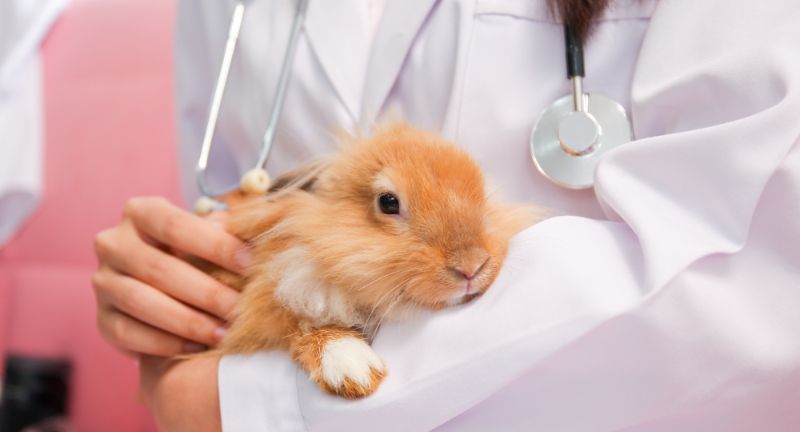
Shutterstock
In the wild, rabbits usually live up to three years, primarily due to predation and harsh environmental conditions. However, domesticated rabbits can live significantly longer, often reaching 8-12 years. The longevity of pet rabbits depends on factors such as breed, diet, and healthcare. With proper care, some rabbits have even been known to live over a decade.
Powerful Hind Legs
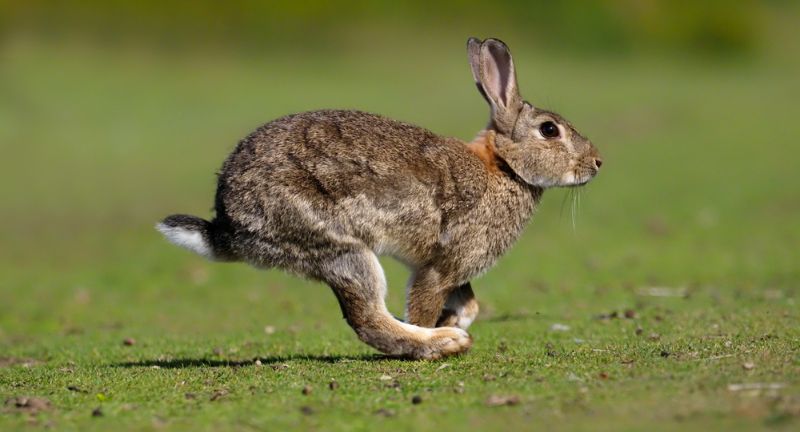
Shutterstock
Rabbits have powerful hind legs that allow them to jump great distances and run at impressive speeds. They can reach speeds up to 35 miles per hour to evade predators. These strong legs also enable them to leap up to three feet in the air. This agility is a key adaptation for surviving in the wild.
Teeth Growth

Shutterstock
Rabbit teeth never stop growing, which means they must constantly gnaw on objects to keep them from becoming too long. This gnawing behavior helps wear down their teeth and prevents dental problems. If their teeth grow too long, it can lead to severe health issues and difficulty eating. Providing rabbits with appropriate chew toys is essential for their dental health.
Communication

Shutterstock
Rabbits communicate using a combination of body language and vocalizations. Thumping their hind legs is a common way to alert others of danger. They also use subtle movements of their ears and nose to convey different emotions and intentions. Understanding these signals can help rabbit owners better interpret their pets’ needs and feelings.
Social Animals
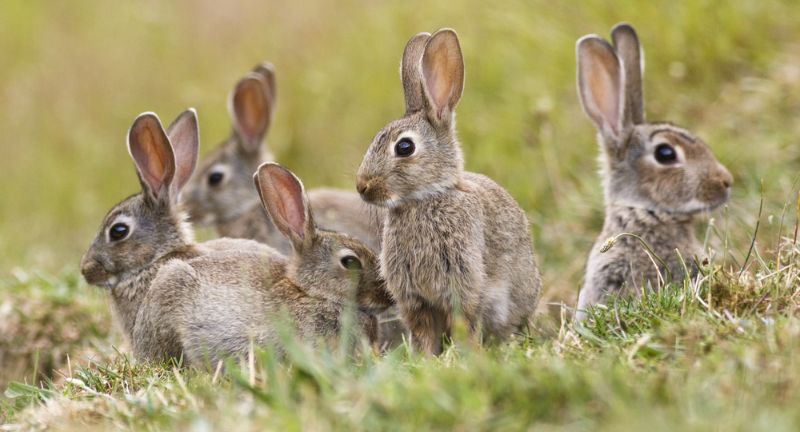
Shutterstock
Rabbits are social creatures that prefer to live in groups. In the wild, they often live in large colonies in burrow systems called warrens. These social structures provide them with protection and companionship. Domesticated rabbits also benefit from social interaction, whether with other rabbits or with humans.
Crepuscular

Shutterstock
Rabbits are most active during dawn and dusk, a behavior known as being crepuscular. This activity pattern helps them avoid many predators that are active during the day or night. During these twilight hours, they forage for food and engage in social activities. Understanding this behavior can help rabbit owners provide the best care and environment for their pets.
Unique Digestion
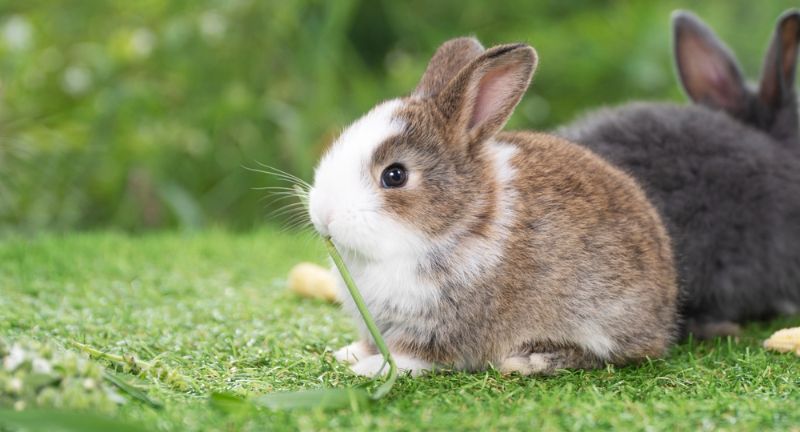
Shutterstock
Rabbits practice a behavior called cecotrophy, where they eat their own droppings to re-digest nutrients that were missed the first time. This unique digestive process allows them to extract maximum nutrition from their fibrous diet. Cecotrophy is essential for their health, as it provides them with essential vitamins and minerals. This behavior often occurs at night or early in the morning.
Sensitive Hearing

Shutterstock
Rabbits have excellent hearing and can rotate their ears 270 degrees to detect sounds from different directions. This heightened sense of hearing helps them stay alert to potential dangers. Their large ears also help regulate their body temperature. By understanding their sensitivity to sound, owners can create a more comfortable environment for their rabbits.
Variety of Breeds
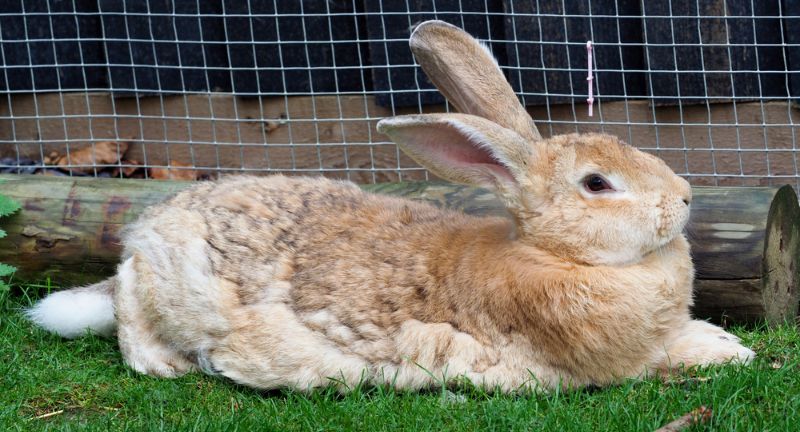
Shutterstock
There are over 305 breeds of domestic rabbits recognized by the American Rabbit Breeders Association. These breeds range from small dwarf rabbits to large giant breeds. Each breed has unique characteristics, including coat type, color, and temperament. This diversity allows rabbit enthusiasts to choose a breed that best fits their lifestyle and preferences.
Clean Animals

Shutterstock
Rabbits are naturally clean animals that groom themselves frequently, similar to cats. This self-grooming behavior helps them maintain a healthy and clean coat. Regular grooming also helps to remove loose fur and prevent hairballs. Providing a clean environment is essential to support their natural grooming habits.
Expressive Ears

Shutterstock
A rabbit’s ears can also express their feelings. For example, ears laid back can indicate anger or discomfort. Upright ears often signify curiosity or attentiveness. Understanding these ear movements can help rabbit owners better understand and respond to their pets’ emotions.
Memory and Learning
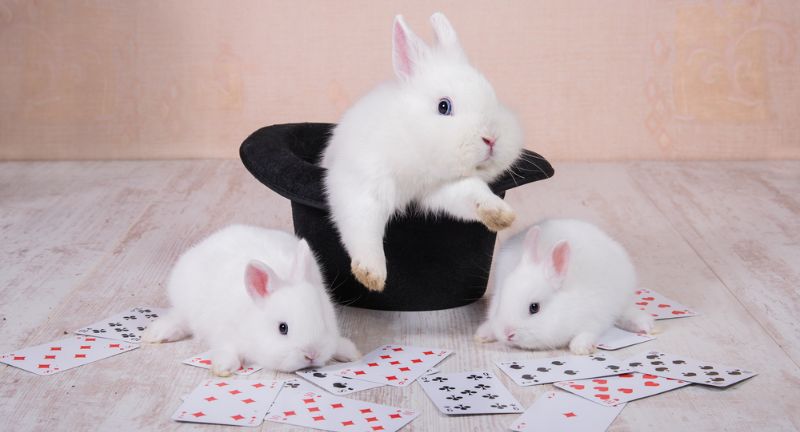
Shutterstock
Rabbits have good memories and can learn their names, recognize their owners, and even perform tricks with proper training. This ability to learn and remember makes them interactive and engaging pets. Positive reinforcement techniques work well for training rabbits. Regular mental stimulation and training sessions can enhance their cognitive abilities and bond with their owners.
Sensitive Nose
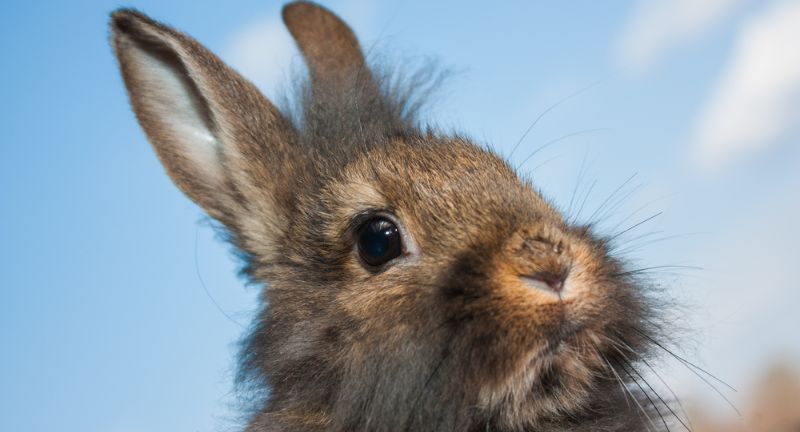
Shutterstock
Rabbits have a very sensitive nose with over 100 million scent receptors. This allows them to detect subtle scents in their environment. Their twitching noses are constantly assessing the air for signs of food or danger. This keen sense of smell plays a crucial role in their survival and daily activities.
Unique Foot Structure
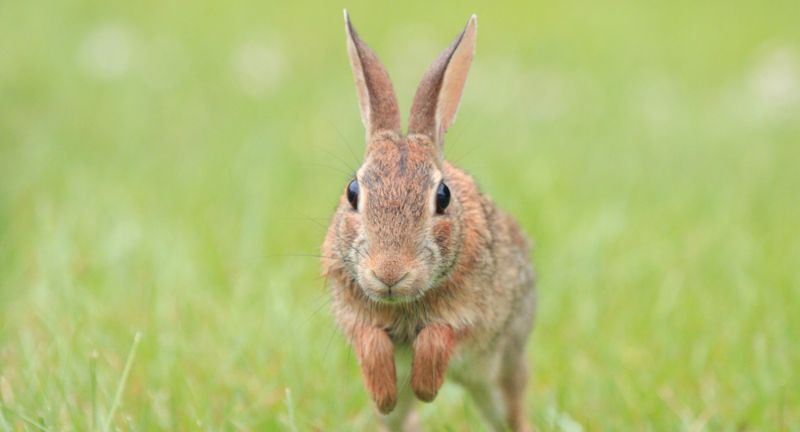
Shutterstock
Unlike many other animals, rabbits have fur-covered feet with no pads. This unique foot structure helps them move quietly and provides insulation from the cold. The fur on their feet also helps them grip surfaces better, aiding in their quick movements. Proper foot care is important to prevent issues like sore hocks.
Molting
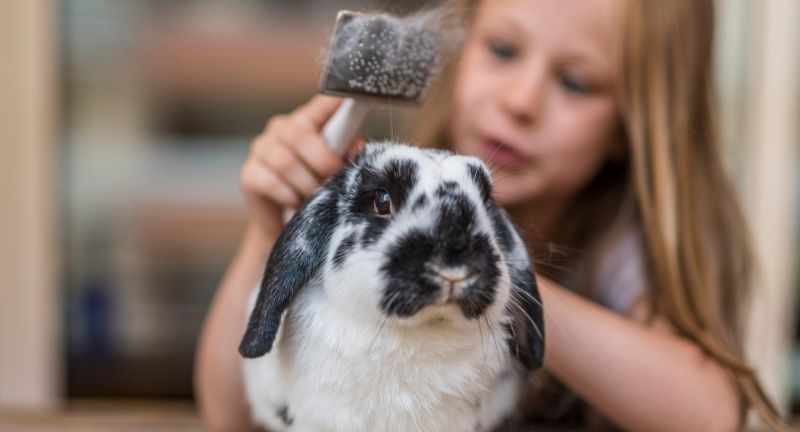
Shutterstock
Rabbits shed their fur several times a year, a process known as molting. Molting helps them maintain a healthy coat by getting rid of old or damaged fur. During molting, they may require extra grooming to prevent hairballs. Understanding the molting process can help owners better care for their rabbits during these periods.
Playful Nature
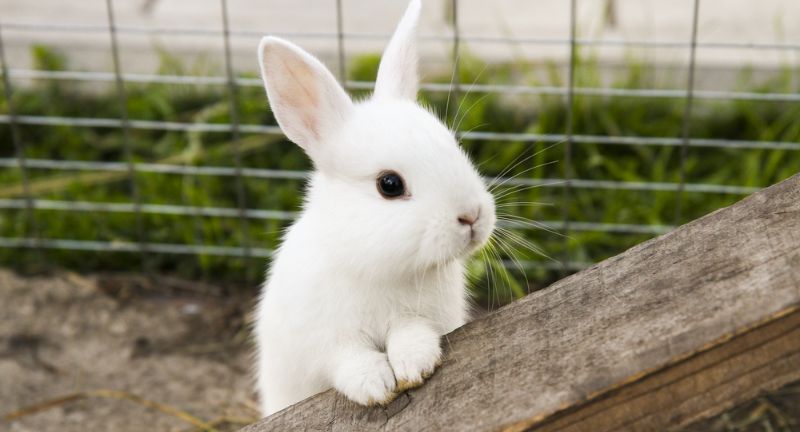
Shutterstock
Rabbits are playful animals that enjoy activities like running, jumping, and playing with toys. This playful nature helps them stay physically and mentally stimulated. Providing a variety of toys and opportunities for play is essential for their well-being. Playtime also strengthens the bond between rabbits and their owners.
Bonding

Shutterstock
Rabbits can form strong bonds with their owners and other rabbits. They often show affection by grooming each other and snuggling. Bonding is a gradual process that requires time and patience. A well-bonded rabbit can be a loving and loyal companion.
Territorial
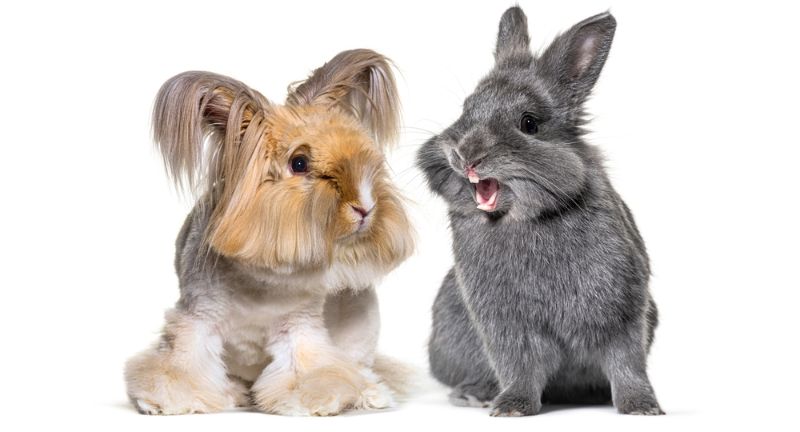
Shutterstock
Rabbits can be territorial, especially females, and may mark their territory with their scent glands. This behavior is a natural instinct to establish dominance and protect resources. Understanding territorial behavior can help owners manage potential conflicts between rabbits. Providing enough space and resources can reduce territorial aggression.
Good Swimmers
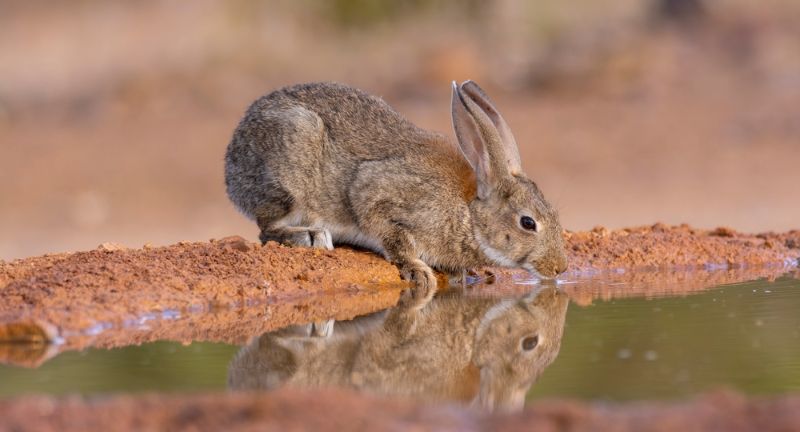
Shutterstock
While not commonly seen, rabbits can swim if necessary, but they generally prefer to avoid water. Swimming can be stressful for rabbits, so it should be avoided unless absolutely necessary. If a rabbit does get wet, it’s important to dry them thoroughly to prevent hypothermia. Providing a safe, dry environment is best for their well-being.
Sleep Patterns
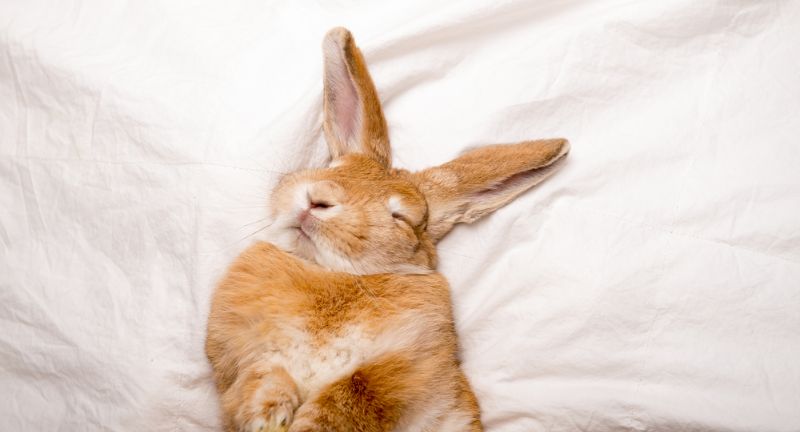
Shutterstock
Rabbits sleep with their eyes open most of the time to stay alert to potential threats. This unique sleep pattern allows them to react quickly if danger arises. They do have periods of deep sleep where their eyes may close. Providing a safe and quiet environment can help rabbits feel more secure and relaxed during rest.
Unique Gait

Shutterstock
Rabbits have a unique gait called a “binky,” which involves a jump and a twist in mid-air. This playful behavior is often seen when they are happy and excited. Binkying is a sign of a healthy and content rabbit. Observing this behavior can be a joy for rabbit owners, indicating their pet is thriving.
Historic Domestication
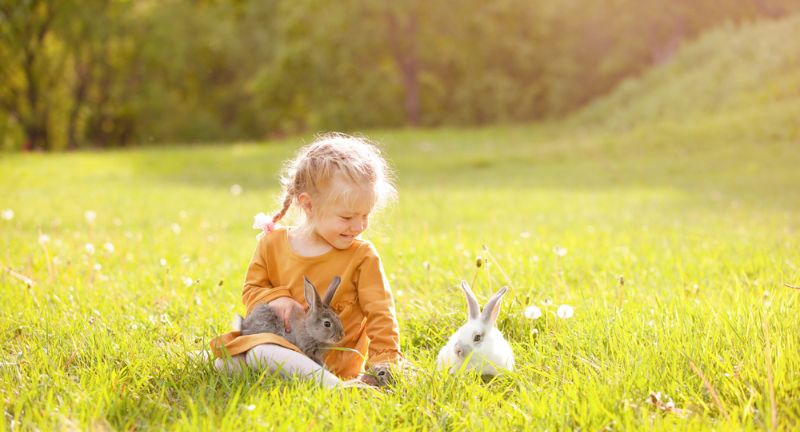
Shutterstock
Rabbits were domesticated by French monks in the Middle Ages, primarily for meat and fur. They later became popular as pets due to their gentle nature and ease of care. Domestication has led to the development of many breeds with diverse characteristics. Today, rabbits are cherished as both pets and agricultural animals.
Conclusion
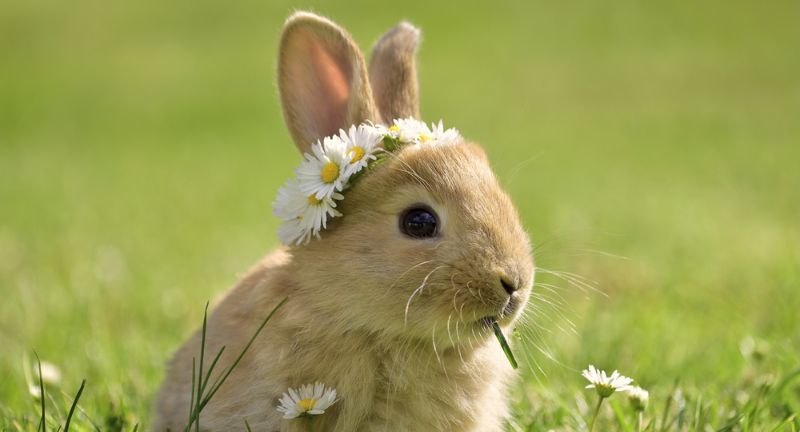
Shutterstock
Rabbits continue to enchant us with their playful antics, unique behaviors, and endearing personalities. Understanding more about these fascinating animals helps us appreciate their complexity and the important roles they play in both wild ecosystems and as beloved pets. By learning about their needs and natural habits, we can ensure they live happy and healthy lives. We hope these rabbit facts have deepened your appreciation and knowledge of these wonderful creatures. Thank you for joining us on this journey through the amazing world of rabbits.
More Amazing Animals+
-


26 Intimidating Animals That Are Actually Big Softies
-
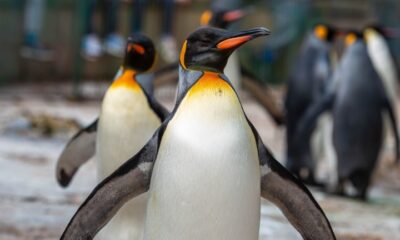

Why We Love Penguins
-


Rokka’s trunk might not yet be big enough to properly…
-


Boris the bear beating the heat at the Milwaukee County…
-


28 Creatures That Thrive in Extreme Temperatures
-


25 Fascinating Great White Shark Facts
-


Goats Ushered Across a Road to Aid in California Fire…
-


30 Most Venomous Animals In The World
-


Dogs at polling stations in Oldham, England, Absolute chaos here…
-
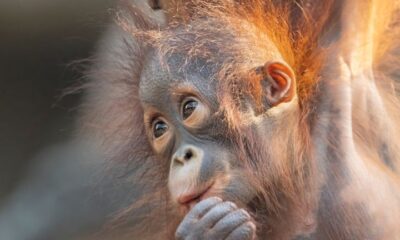

20 Irresistibly Cute Baby Orangutans And Fun Facts About Them
-


25 Facts About Monarch Butterflies And Their Remarkable Migration Journey
-


26 Animals That Have The Cutest Babies
